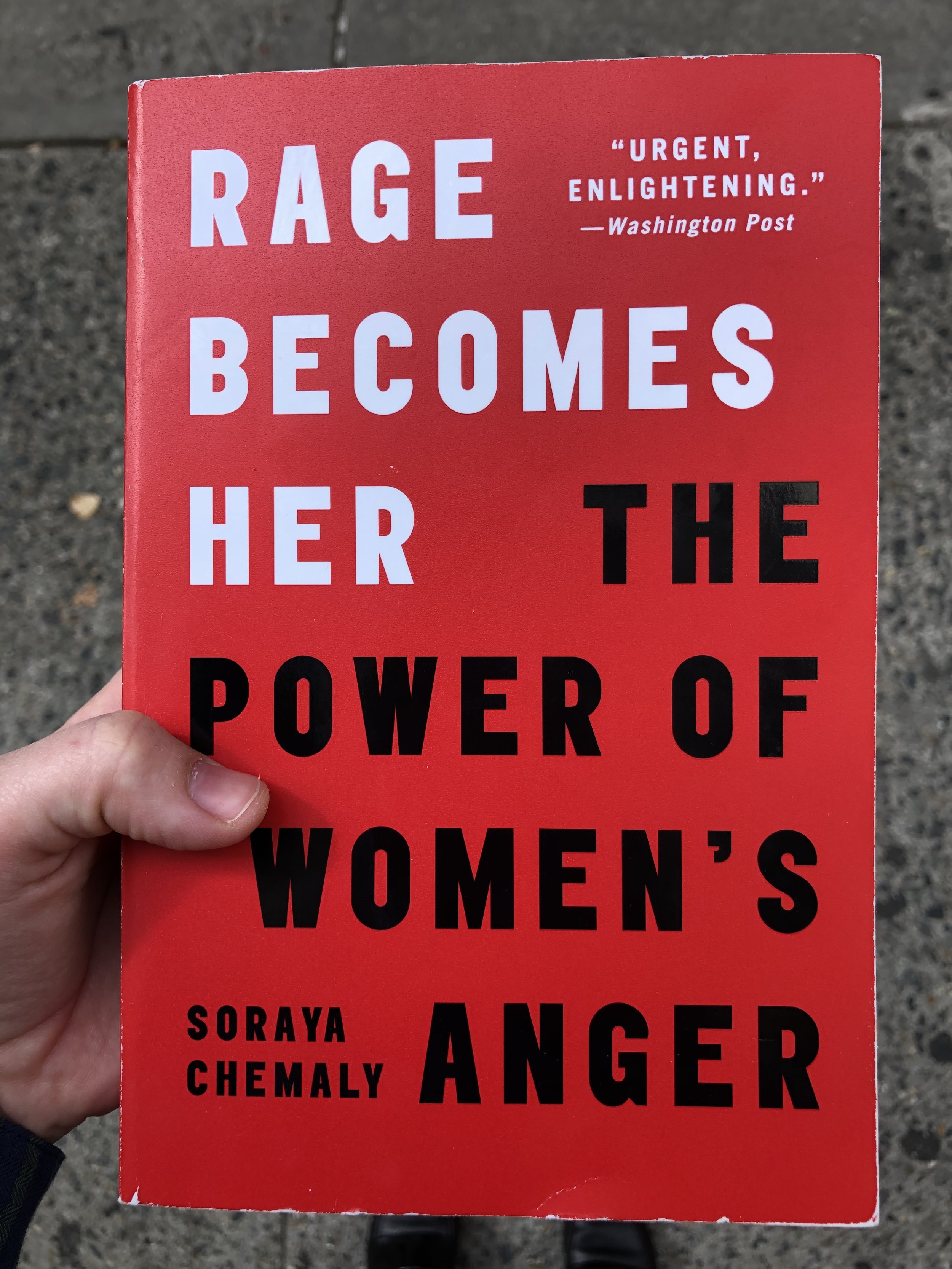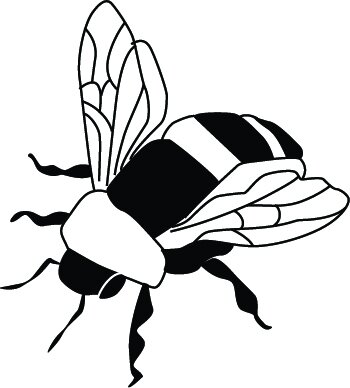
Scarlet is a piece of Critical Design exploring how design can make misogynistic and violent behaviors of men visible.
Critical & Speculative Design | Service Design
Skills:
Visual Design
UX/UI
Digital Prototyping
Challenge:
It is challenging for women to receive protection from and justice for sexual affronts committed against them. Our society’s misogynistic culture of protection surrounding the reputation of men, manifested in claims of “false accusations” and active discrediting of accusers and victims, creates a dangerous and toxic environment for women that hinders their personal freedoms and discourages them from speaking up.
Goal:
Scarlet is a work of Critical Design aimed to provoke conversation around voice, power and gender-based violence. Inspired by the namesake “The Scarlet Letter,” Scarlet plays with the idea of making men’s “sins” public and putting women in charge of the mechanisms of judgment, consequence and retribution. The work is a reversal and refutation of the ways in which women are diminished, shamed and labeled. The piece prompts the user to examine; Whose voice is legitimate? Whose voice gets protected? Whose voice gets to pass judgment and whose voice gets to impose consequences?
How it Works
Scarlet is a women-only, crowdsourced public shaming platform that uses facial recognition software and augmented reality (AR) to tag and identify men who have committed any number of “sins” against women. Scarlet uses smartphone cameras, facial recognition and augmented reality to “red letter” men.
Women create profiles of men who behave in particularly despicable or misogynistic ways. Women can assign letter tags to his profile that reflect the offending behaviors and can leave messages or commentary on each man’s profile, sharing their stories that explain or corroborate events that led to his red-lettering. When Scarlet is in “Scanning Mode” a woman can scan her surroundings with her smart phone for red-letter men near her.
Using real time facial recognition, Scarlet displays augmented reality tags over any men identified in the network; their red-letters highlighted for all the women to see. The woman can then tap on these letters to open his profile or add letters of her own.
Additionally, Scarlet‘s algorithmic crawlers sift through public records to create red-letter profiles for men with histories of troubling behavior such as gender based violence or restraining orders. In this way, Scarlet reinforces the network and corroborates the experiences of the women who use it, ensuring that no bad deed goes unexamined.
With Scarlet, women’s experiences and voice are paramount. It is women’s stories which drive the platform and the hurdles to accountability are removed: no more “she was asking for it”, questions about what a woman was wearing, fears of rebuffing advances, being called a bitch and/or being put down or objectified.
The Scarlet app aims to highlight the inequality between men and women in accessing the right to voice and power. The work explores the dynamic relationship between the physical and verbal silencing mechanisms of misogyny; how verbal silencing reinforces and supports an environment of physical violence towards women.
Research | Process
While conducting research interviews for my MFA thesis work about misogyny and sexism, I spoke to many women who shared their personal experiences, and other women’s stories, of sexual harassment and assault. The “Whisper Network” was often referred to as a way that women would share this information with other women and about problematic and dangerous men. A whisper network is an informal, private list of powerful people in an industry alleged as being sexual harassers or abusers. It is the result of a system that tends to protect the reputation and earning potential of men over the safety of women.
Quite simply put, hearing these stories and experiences is enraging and I was moved to create a piece of design that would bring bring this whisper network out from the shadows and into the light with a loud voice. The work aims to place blame and scorn where it rightly belongs, with the aggressor. It is a reversal and refutation of the ways in which women are diminished, shamed and labeled when they speak up. Scarlet puts women in the seat of power with the reputation of men at the whim of the women they have wronged.
I was inspired by the archetype of the “scorned woman” out for revenge so often sung about in country songs; A Dolly Parton-esque spit-fire woman seeking a vigilante style justice behalf of herself and her friends because it’s all she can count on. The app’s written copy is important in conveying this voice and tone in the work.
The visual design is inspired by the imagery in the work’s namesake, The Scarlet Letter by Nathaniel Hawthorne, with red letters being used as tags that represent the aggressor’s offending, immoral behaviors towards women. This is also a play on the idea of a “red flag” that women use to warn other women about men who are potentially problematic.
Participants/reviewers often voiced concerns over the potential of “innocent” men becoming victims of slander. This critique further highlights our society’s default tendency to protect the reputation and interests of men over the experiences and safety of women and highlights why this power imbalance persists.






